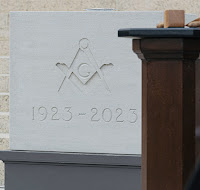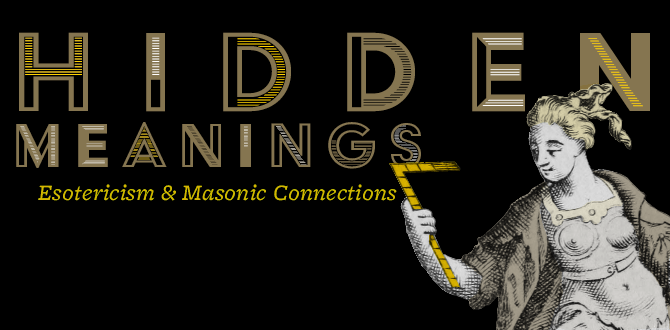 |
| See? Facebook is good for something. |
Shawn Eyer, one of the “go to guys” in the study of eighteenth century Freemasonry, posted on social media, more than five years ago, a highly useful explanation of a commonly misunderstood point of history. It came up again this week, so I thought I’d share it here (with Shawn’s permission). Enjoy.
Clarifying a Very Old Misunderstanding
In 1756, Laurence Dermott published the first edition of Ahiman Rezon, the book of constitutions for the Masonic Ancients. This was one of the most popular Masonic books of the eighteenth century, with many daughter editions produced in England, Ireland, America, and even in Canada.
At a certain point, the meaning of the title of the book was forgotten by the fraternity, which has led to many bizarre claims. The “historians” who have theorized that these words are pseudohebrew made up by Dermott, nonsense words fabricated to sound confusing, or loan-words from other languages (Portuguese was proposed at one point!) are simply not aware of the context of these two ancient words.
Happily, the Ancients knew Hebrew better than our modern critics who like to say Ahiman and Rezon aren’t Hebrew (even though the ones writing that are not qualified to say it). Ahiman and Rezon are in fact, and quite unambiguously, Hebrew words: names, actually—and both are found in any Bible.
In the Volume of the Sacred Law, there are two characters named Ahiman. The first, an Anakite occupying Hebron, who is conquered by Caleb (Numbers 13:22, Joshua 15:14). But the Ahiman who is relevant Masonically is a later figure—one of a group of Levites appointed by King David to serve a special function in the Jerusalem sanctuary. He was, specifically, one of the four gatekeepers. (1 Chronicles 9: 17–19, 22–31) Dermott included these gatekeepers, especially Ahiman, in his introductory remarks to the original editions of Ahiman Rezon.
 |
| Shawn Eyer |
Rezon is another character in the Bible: an opponent raised up by God to punish King Solomon after he had allowed his faith to wander. (1 Kings 11:23-25) Read all of chapter 11 for the story.
It is easy to understand why Dermott selected these two names (or why they were potentially emphasized in now-lost Ancients Masonic tradition): Ahiman guarded the holy of holies from the unworthy, Rezon was a thorn in King Solomon’s side during the time of his fall from purity. This is precisely how the Ancients saw themselves in relation to the Moderns.
The perception that these two words were not Hebrew came from attempting to find them in Hebrew dictionaries. Dictionaries typically do not contain names. Just as you won’t find Timothy or Edward in an English dictionary, you won’t find Ahiman or Rezon in a Hebrew dictionary. But they have been Hebrew words since before the second Temple fell.
A takeaway for us all: Before we say that our Masonic forebears were writing nonsense words or dabbling in things they didn't understand, we need to make sure that we are not the ones who are confused.















































































































